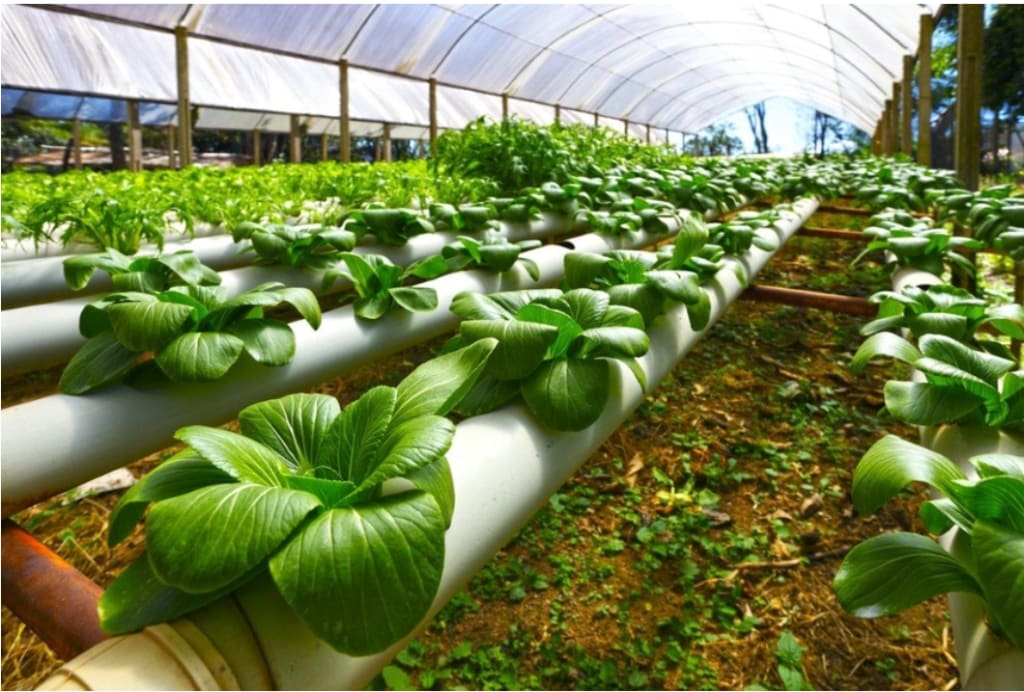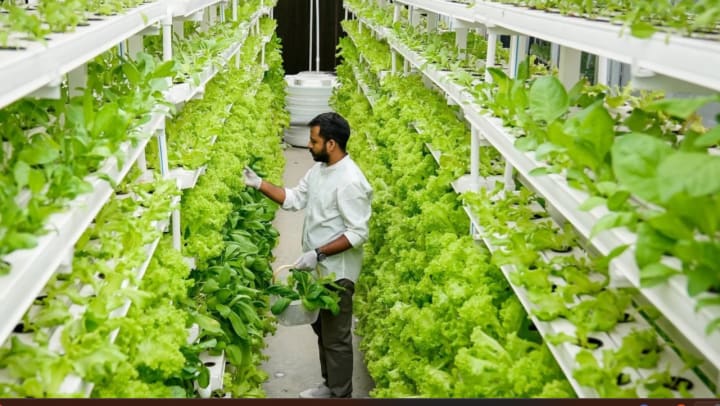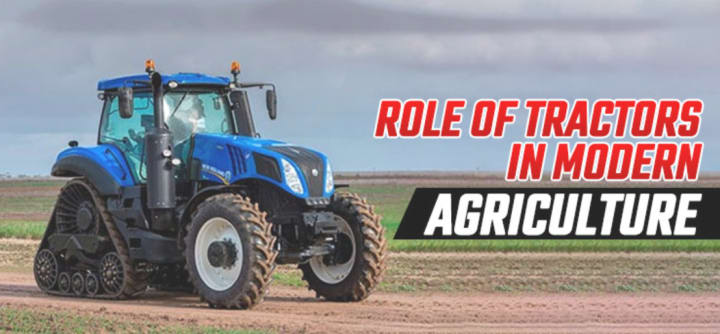Innovations in Greenhouse Farming
This article will examine the latest advancements in greenhouse farming. Also, it will focus on how modern tractors like the Mahindra Mini tractor, have helped make these things possible.

Technological improvements and ecological methods are driving a revolution in greenhouse farming. Modern farmers can achieve more with less. This article will examine the latest advancements in greenhouse farming. Also, it will focus on how modern tractors like the Mahindra Mini tractor, have helped make these things possible.
Advanced Climate Control Systems

Environment control is quite possibly the greatest advancement in greenhouse farming. In contemporary nurseries, automated systems control the temperature, dampness, and CO2 levels. The sensors in these frameworks give consistent data, allowing ranchers to monitor and change conditions remotely. This guarantees ideal growing circumstances consistently.
The Mahindra Mini Tractor is required for operations inside and outside the greenhouse. Its power and small size make it ideal for navigating in small locations. Farmers now find it simpler to manage their greenhouses effectively.
Hydroponic and Aeroponic Systems
Plant-growing procedures like hydroponic and aeroponics are advancing. These methods do not require soil. They utilize supplement-rich water or fog, which results in better and faster plants. In hydroponic, a water-based system is utilized to give supplements directly to the plants' roots. Aeroponics, then again, utilizes a moistening framework.
These systems are highly efficient. Water usage is lower than in conventional farming, which is essential in places where water is scarce. Farmers also have precise control over the nutrient mix, which leads to increased yields and higher-quality goods.
Renewable Energy Sources
The possibility of greenhouse farming is increasing because of its environmentally friendly power. Solar panels and wind turbines are now generally utilized. They provide the energy needed to run environmental control, water systems, and lighting systems. Some greenhouses even use geothermal energy. This contributes to a constant temperature throughout the year.
Greenhouse farming has a lower carbon impact when renewable energy is used. Over time, it also reduces operating expenses. Farmers can reinvest these savings into further innovations.
Integrated Pest Management
Pests are one of the most serious issues with greenhouse farming. Chemical insecticides are used in traditional techniques. These may be harmful to human health and the climate. IPM is a superior choice for the environment. It utilizes a blend of synthetic, natural, and actual procedures. This method reduces the amount of dangerous pesticides used.
Biological control involves introducing pests' natural predators. Physical controls include barriers and traps. As a final option, chemical controls are employed. IPM lowers insect damage and develops a more robust environment in the greenhouse.
Automated Irrigation Systems
An essential aspect of greenhouse farming is water control. Automated irrigation systems are revolutionary. These devices track the moisture content of the soil using sensors. Water is delivered exactly where and when it is required. This prevents water from being wasted and guarantees that plants get the proper quantity of moisture.
Weather predictions can be connected to automated watering systems. They modify their watering schedules in response to the predicted weather. This level of precision helps to conserve water and improve crop yields.
Vertical Farming
Space is often limited in greenhouse farming. Vertical farming solves this problem by growing plants in layered formations. This technique makes the best use of the given area, which is especially helpful in cities with a land shortage.
Vertical farming can use hydroponic or utilized systems. This creates a highly efficient growing environment and allows for year-round production. Farmers can produce more crops in a smaller footprint.
Smart Greenhouses
The future of cultivating will occur in a smart greenhouse. These facilities utilize the Internet of Things (IoT) to interface with a few gadgets and frameworks. Sensors accumulate temperature, light, humidity, and soil information, which are then assessed for ideal growing circumstances.
Farmers may control smart greenhouses remotely using computers or cell phones. This degree of control lowers labour expenses while increasing efficiency. Smart greenhouses also include security devices to safeguard crops from theft and damage.
Role of Modern Tractors in Greenhouse Farming

Modern greenhouse farming is mainly reliant on tractors. One such tractor is the Mahindra mini tractor. Its small size makes it perfect for small farms and greenhouses. Also, it has enough power to manage tasks like ploughing, planting and harvesting.
Furthermore, the Mahindra 585 DI XP and the Mahindra 575 DI XP Plus prices are the same. These tractors are incredibly budget-friendly. For the money, these tractors are really affordable. They come with advanced features that enhance productivity. Investing in a Mahindra tractor can significantly boost farm efficiency.
Conclusion
The practice of greenhouse farming is quickly changing. Technological advances in temperature control, sustainable power, and hydroponics are changing agriculture. Agriculture is turning out to be more feasible as it carries out automated water systems and integrated pest management. Complex nurseries and vertical farming enhance accessibility and efficiency.
These days, tractors are necessary, as demonstrated by the Mahindra Mini Tractor. They help farmers improve and manage their greenhouses. These tractors offer exceptional value at a fair price, identical to the Mahindra 585 DI XP Plus price and the Mahindra 575 DI XP.
These advancements will result in additional useful and sustainable greenhouse farming from now on. Farmers might diminish their ecological effect while improving yields by applying these measures. Greenhouse farming has a bright and hopeful future.
About the Creator
Enjoyed the story? Support the Creator.
Subscribe for free to receive all their stories in your feed. You could also pledge your support or give them a one-off tip, letting them know you appreciate their work.





Comments (1)
nice